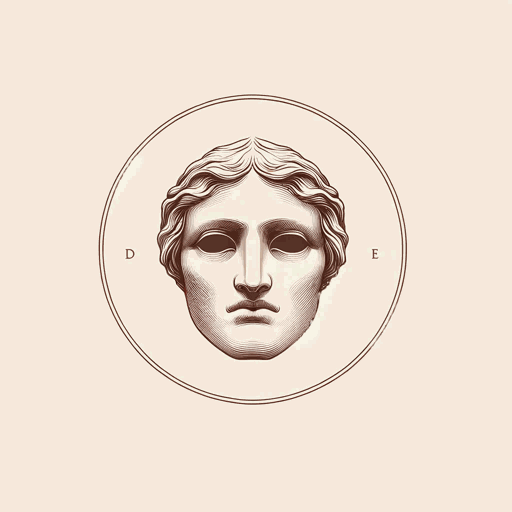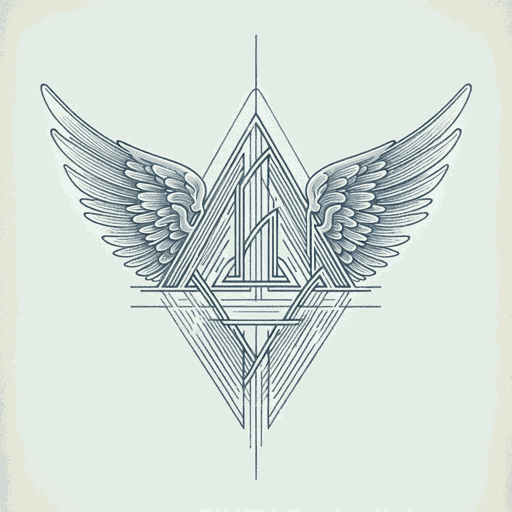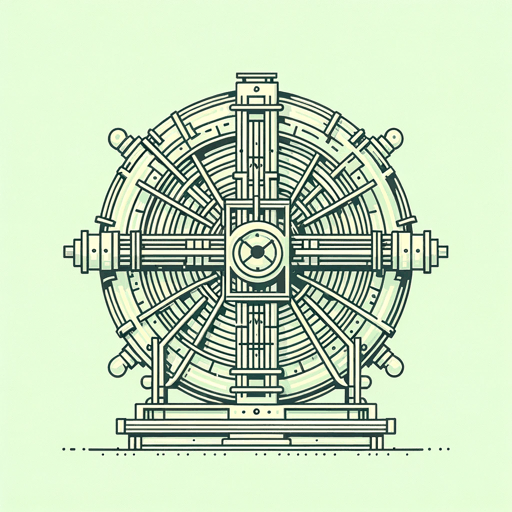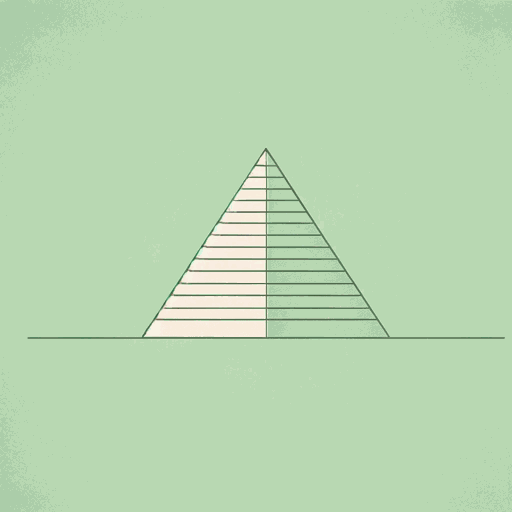82 pages • 2 hours read
Dan BrownInferno
Fiction | Novel | Adult | Published in 2013A modern alternative to SparkNotes and CliffsNotes, SuperSummary offers high-quality Study Guides with detailed chapter summaries and analysis of major themes, characters, and more.
Symbols & Motifs
Dante Alighieri and the Divine Comedy
Western art history is a mainstay of the Robert Langdon series, with the lives and works of its most prominent artists forming the structure of the mazes Langdon is forced to navigate in each novel. In Inferno, the central recognized artist is Dante Alighieri, author of the Divine Comedy, and nearly all of the artworks Langdon encounters on his journey are somewhat related to the life and times of Dante.
The structure of the novel itself reflects that of the Divine Comedy. As with the Comedy, Brown’s Inferno can be divided into three parts: the first in Florence reflecting Dante’s Inferno, the second in Venice reflecting Purgatorio, and the third in Istanbul reflecting Paradiso. In the Divine Comedy, Dante is accompanied by the Roman poet Virgil through Hell and Purgatory, but Virgil departs at the summit of Mount Purgatory because, being a pagan, he is not permitted beyond that point. Dante is instead accompanied by the figure of his unrequited love, Beatrice Portinari, through Heaven. Notably, Virgil tells Dante at the beginning of the Comedy that it was Beatrice who commissioned him to bring Dante through the realms of Hell and Purgatory, and thus she masterminds his entire journey through the afterlife.
Related Titles
By Dan Brown
Featured Collections
Art
View Collection
Books About Art
View Collection
Books & Literature
View Collection
Books Made into Movies
View Collection
Challenging Authority
View Collection
Earth Day
View Collection
European History
View Collection
Globalization
View Collection
Horror, Thrillers, & Suspense
View Collection
Italian Studies
View Collection
Mortality & Death
View Collection
Mystery & Crime
View Collection
Power
View Collection
Science & Nature
View Collection
The Best of "Best Book" Lists
View Collection
The Future
View Collection







